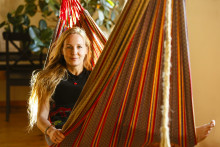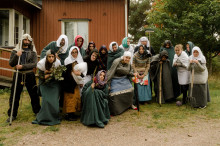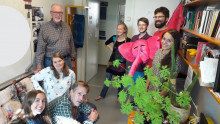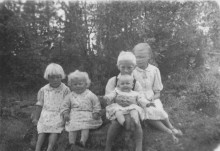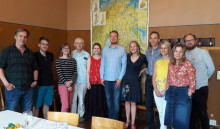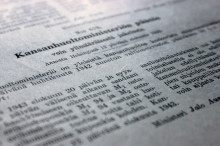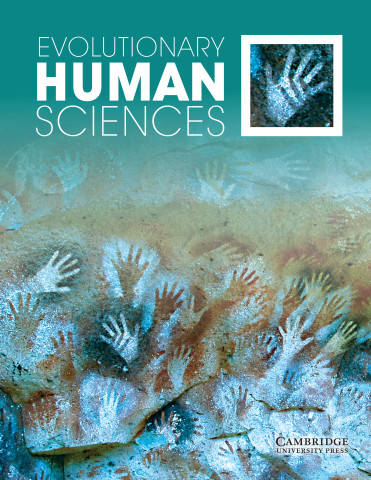
Humans engage in cooperative childcare, meaning that raising offspring is not solely the responsibility of the parents but also involves contributions from other members of the social group. Typically, the individuals who contribute the most to child-rearing tend to be closely related to the child and their presence has been shown to be associated with child survival in numerous traditional human societies. However, while much research has focused on the role of close kin, the influence of more distant relatives on child survival remains largely unexplored.
In a recent study Lahdenperä et al. examined the influence of kin on child mortality rates in pre-industrial Finnish populations. Utilizing extensive genealogical records (n = 32,000 children, born between 1732 and 1879), the researchers analyzed the impact of 36 different types of relatives, including both immediate and extended family members, on the mortality risk of children under the age of 5 years.
The findings revealed complex associations between these relatives, which often depended on family’s socioeconomic status or the lineage (whether the relative was from mother’s or father’s side, i.e. maternal vs. paternal). The presence and greater number of several paternal relatives were associated with an increase in child mortality and many of these associations were seen among the wealthiest families, due to inheritance practices and shared resources. For example, greater number of paternal aunts and uncles significantly increased child mortality risk. Some other relatives decreased child mortality such as the mother, sister and maternal grandmother. The presence of the maternal grandmother was associated with a decrease in child mortality the most among poorer families, who probably needed the grandmother’s contribution more than the wealthy.
This research brings new insights into the importance of close and more distant kin and suggest that relatives can provide support or other resources but also compete for limited resources and care. While the nuclear family is common in modern developed countries like Finland, it has historically been an exception. Examining the benefits and costs of relatives' presence across different contexts helps illuminate the constraints and opportunities of nuclear family structures. Understanding how relatives influenced child mortality in historical settings provides insights into human family dynamics, cooperative breeding, and familial conflicts.

